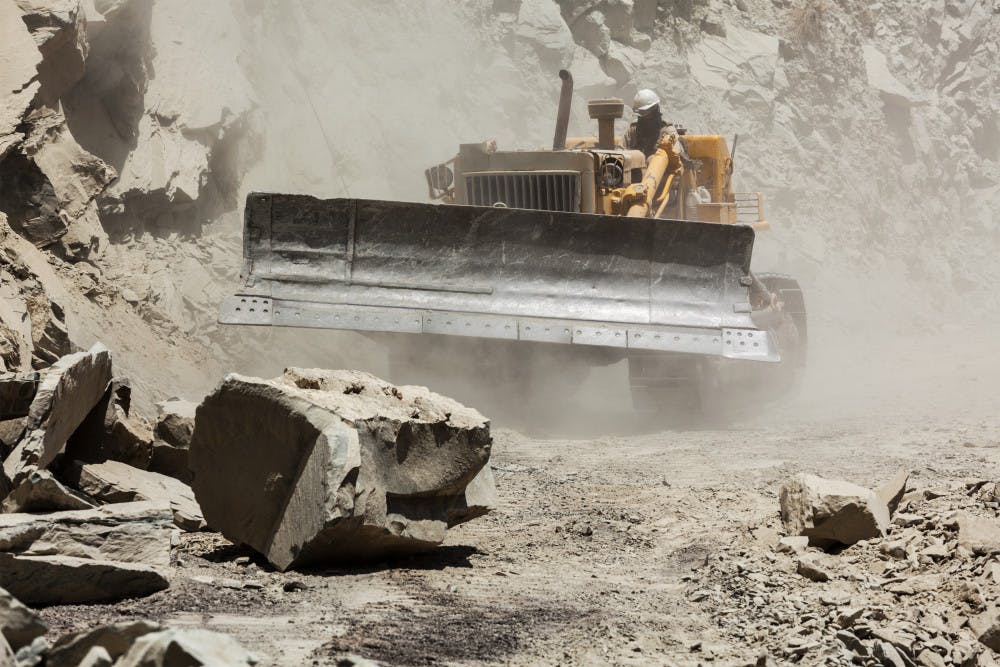By Danielle Silvia
Staff Writer
A massive landslide occurred on March 11 in the outskirts of Addis Ababa, Ethiopia, at one of the nation’s most prominent landfills.
The disaster left at least 65 people dead, according to AOL News.
The landfill is known as Koshe and has served as an important site for the growth of Ethiopia, CNN reported.
Hundreds of people have been living in makeshift homes on top of the garbage outside of Addis Ababa, both the capital and largest city in Ethiopia, The New York Times reported.
"It's a sad story because the government has been trying to resettle the people residing in the area," said Negeri Lencho, Communications minister, according to CNN.
At the moment the landslide occurred, 35 people were killed, most of whom were women and children, The New York Times reported.

The death toll has soared in the last few days and many others are still missing, according to the same source.
"We have warned the authorities for more than 10 years as the rubbish piled up. There has not been any response. It is criminal negligence," said Taye Woldeamanuel, a 48-year-old whose sister narrowly survived the landslide, according to AOL News.
There were 290 people living on the landfill who were not injured in the accident. They were transferred to a temporary shelter in Addis Ababa, CNN reported.
Although the cause of the landslide is unclear, it is thought by many environmentalists as well as citizens of the area that “the resumption of garbage dumping at the site in recent months” contributed to the disaster, according to The New York Times.
Nearly 500 waste-pickers work and spend time at Koshe seven days a week, which could have disrupted the settlement of about 300,000 tons of waste collected annually by the capital, most of which is dumped straight into the landfill, The New York Times reported.
According to the same source, officials have proposed to make Koshe a site of clean energy that can produce more than 50 megawatts of electricity a day to power Addis Ababa, rather than a garbage disposal area.
There was a $120 million investment set forth to accomplish this innovation, and construction associated with this project has been underway since 2013, according to The New York Times.







